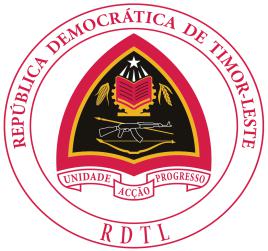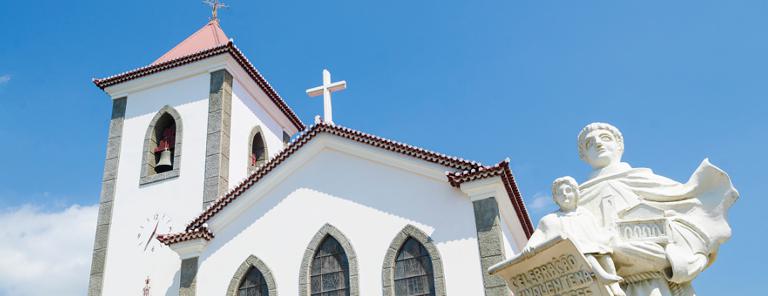

The full name of East Timor is the Democratic Republic of Timor-Leste, an island country located at the eastern end of the Nusa Tenggara islands, including the region of Oecusse. on the north coast of the East and west of Timor, as well as the nearby Atauro Island and Yaku Island at the eastern end. West and Indonesia, West Timor, south across the Timor Sea and Australia.
Timor-Leste was once colonized by Portugal, after 1975, it broke out civil war and was annexed by Indonesia. In August 1999, a referendum decided to separate from Indonesia and formally became independent on May 20, 2002.
Timor-Leste is the poorest country in the world, and most of its supplies depend on foreign aid. Slash and burn farming is also widely used in agriculture, which leads to deforestation and soil erosion and damages the local ecological environment. The development of oil and gas off the coast of East Timor has greatly supplemented the government's revenue, natural gas is transported to Australia through pipelines.
Dili, the capital of East Timor, covers an area of 48.3 square kilometers and is located on the northeast coast of Timor island, it is a deep-water port with a total population of 234000 as of 2014. National political, economic and cultural center. More than 80 per cent of Timor-Leste's economic activities take place here. The second largest city, Baucau, also known as Alberto Salazar, which is located in a Coastal Valley in the northeast of Timor island.
